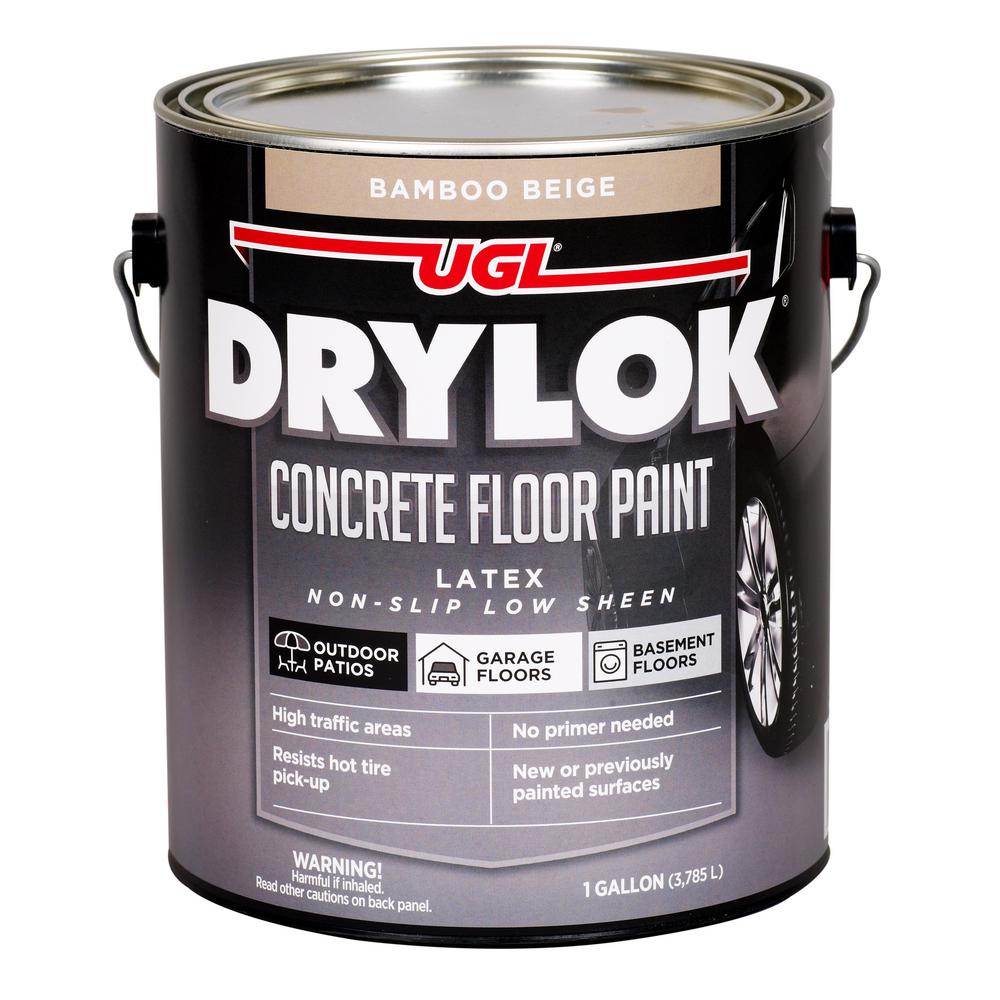
Apply it with a masonry brush ($5 to $8), a high-capacity (3/4-inch or higher) roller, or a texture roller ($5.50). Masonry paint ($20 per gallon) can be tinted and is much thicker than exterior paint.
#Concrete paint crack#
Exterior house paint can crack and peel on concrete. Masonry paint (also called elastomeric paint or elastomeric wall coating) is a good choice for concrete painting because it contains binders that contract and expand with the concrete. Primer dries in two hours wait at least eight hours, but no more than 30 days, to paint. For exterior foundations and walls, use exterior-grade block filler, such as Behr’s Concrete and Masonry Bonding Primer, which also is good for interior concrete ($17.98 per gallon).

Prime the ConcreteĬoncrete primer, called block primer, fills pores and evens out the surface. ThoroSeal, for example, requires two coats the manufacturer recommends curing for five to seven days before applying the second coat.

Use a masonry sealer, such as ThoroSeal, that also patches cracks ($35 for a 50-pound bag).Ĭarefully follow directions for mixing, applying, and curing the sealer. Water moves easily through porous concrete, so sealing interior walls is necessary to prevent moisture from seeping in, promoting mold growth and that cold, damp basement feel. Outdoors, get rid of old paint with a power washer (rents for $40 to $75 per day). Strip peeling or blistering paint indoors with a wire brush ($3 to $5), a paint scraper ($10 to $20), and lots of elbow grease.


 0 kommentar(er)
0 kommentar(er)
